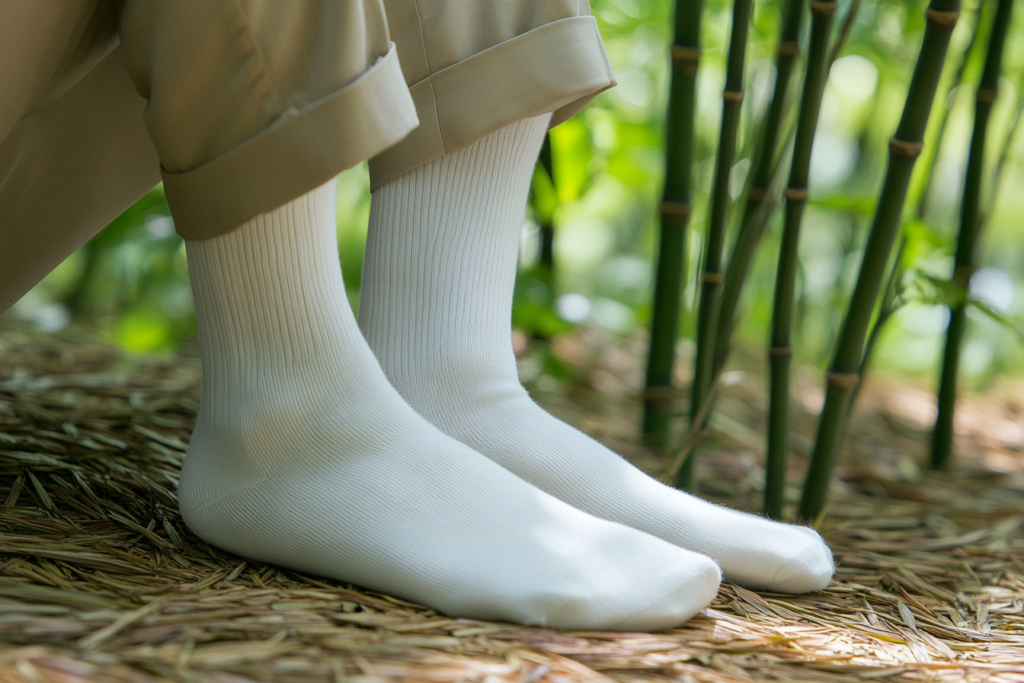Looking for a Reliable Sock Manufacturer?
We are a professional sock manufacturer with years of experience in OEM and global export. From everyday wear to performance styles, we produce socks using quality materials like cotton, bamboo, modal, and more—customized to your needs. Our factory supports full-cycle production, strict quality control, and fast delivery. Trusted by international brands, we understand global standards and offer flexible solutions for retailers, wholesalers, and private labels. Whether you’re launching a new line or scaling up, we’re ready to be your reliable sock manufacturing partner.

Why Do Clients Prefer Working with a Professional Sock Manufacturer?

Comfort-Driven Craftsmanship
A good sock manufacturer knows how to make socks that feel soft, smooth, and comfortable for all-day wear—especially important for sensitive feet.

Breathable Materials & Design
Experienced manufacturers use breathable yarns and knitting techniques to ensure moisture-wicking, keeping feet dry and cool in any climate.

Odor Control Innovation
Through smart material choices and processing, sock factories can reduce odor and bacteria build-up—perfect for active or daily use.

Sustainability Matters
Reliable manufacturers care about eco-friendly sourcing and responsible production, offering options that align with modern environmental values.
How We Manufacture Good Socks

Quality Materials
We select high-grade yarns like combed cotton, modal, or functional fibers to ensure softness, durability, and performance.

Precision Knitting
Our machines support fine gauge knitting for better fit, stretch, and long-lasting shape retention.

Strict Quality Control
Each pair is inspected through multiple stages—from knitting to packaging—to meet international standards.

Customization & Export
We offer OEM/ODM services with flexible designs, sizes, and packaging—ready for global markets and fast delivery.
How Do Sock Manufacturers Stay Eco-Friendly? Three Key Points
Sustainable Materials
Leading manufacturers choose eco-conscious yarns like organic cotton or recycled fibers to reduce environmental impact.
Low-Impact Production
Advanced machinery and water-saving dyeing techniques help minimize waste, energy use, and chemical discharge.
Responsible Packaging
Eco-friendly factories offer biodegradable or recycled packaging options to support greener supply chains.
Pick Us, Boost Your Business
Quality Assurance
Every pair undergoes pressure testing, ISO-certified
Swift Delivery
On-time delivery, never dropping the ball during peak seasons.
Customization Experts
48-hour design response, meeting any market demand.
Cost Efficiency
In-house factory supply chain optimizes costs, competitive pricing
